The Biological Mechanisms of Animal Adaptation to Life in the Arctic Tundra
Introduction
The Arctic Tundra is one of the most extreme environments on Earth, characterized by freezing temperatures, permafrost, and a lack of vegetation. Despite these harsh conditions, a variety of animal species have adapted to life in this unique biome. This article will delve into the biological mechanisms that enable these animals to survive and thrive in the Arctic Tundra.


Physical Adaptations
Physical adaptations are changes in an animal's physical structure that help it survive in its environment. In the Arctic Tundra, these adaptations often involve modifications to body size, shape, and color.
Body Size and Shape
Many animals in the Arctic Tundra have adapted a larger body size and a more rounded shape. This is an example of Bergmann's Rule, which states that animals in colder climates tend to be larger than their counterparts in warmer climates. Larger animals have a smaller surface area to volume ratio, which helps to reduce heat loss.

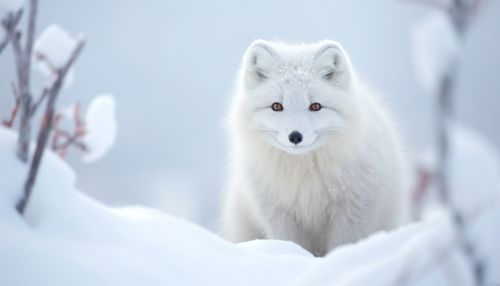
For example, the Arctic Fox (Vulpes lagopus) has a compact body shape, short ears, and a bushy tail, all of which minimize the amount of exposed skin and thus reduce heat loss. Similarly, the Muskox (Ovibos moschatus) has a large, barrel-shaped body and a thick coat of fur, providing insulation against the cold.
Body Color
Many Arctic animals also exhibit color changes in their fur or feathers, a phenomenon known as Seasonal Camouflage. This adaptation allows them to blend in with their environment, providing protection from predators.
For instance, the Arctic Fox and the Snowshoe Hare (Lepus americanus) both have brown fur in the summer, which blends in with the tundra's rocks and vegetation. In the winter, their fur turns white, matching the snow-covered landscape.
Physiological Adaptations
Physiological adaptations are internal body processes that help an animal survive in its environment. In the Arctic Tundra, these adaptations often involve changes in metabolism, body temperature regulation, and antifreeze compounds.
Metabolism
Many Arctic animals have adapted to have a higher metabolic rate in the winter. This increased metabolism generates more body heat, helping to keep the animal warm.
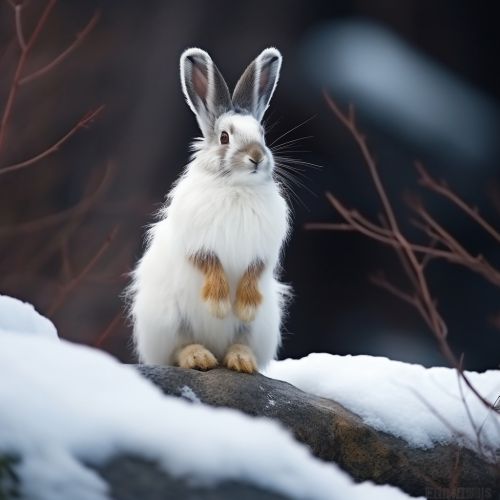
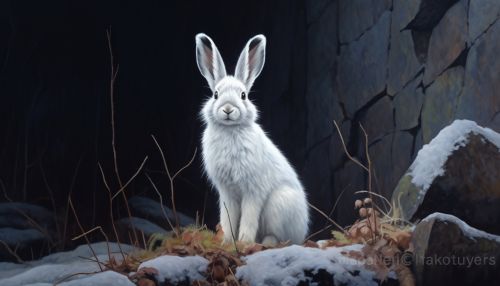
For example, the Snowshoe Hare's metabolic rate can increase by up to 50% in the winter. Similarly, the Arctic Ground Squirrel (Urocitellus parryii) has one of the highest metabolic rates recorded in a mammal, which allows it to maintain a body temperature above freezing even during hibernation.
Body Temperature Regulation
Arctic animals also have adaptations for regulating their body temperature. For instance, the Arctic Wolf (Canis lupus arctos) has a layer of fat under its skin and a dense undercoat, which provide insulation against the cold. It also has a counter-current heat exchange system in its paws, which helps to prevent heat loss.
Antifreeze Compounds
Some Arctic animals produce antifreeze compounds, which prevent their body fluids from freezing. For example, the Arctic Cod (Boreogadus saida) produces a protein that binds to ice crystals, preventing them from growing and causing damage.
Behavioral Adaptations
Behavioral adaptations are actions animals take to survive in their environment. In the Arctic Tundra, these adaptations often involve changes in feeding habits, migration patterns, and social behavior.
Feeding Habits
Many Arctic animals have adapted their feeding habits to cope with the scarcity of food in the winter. For instance, the Arctic Tern (Sterna paradisaea) migrates thousands of miles to the Antarctic every year to take advantage of the abundant food sources there.
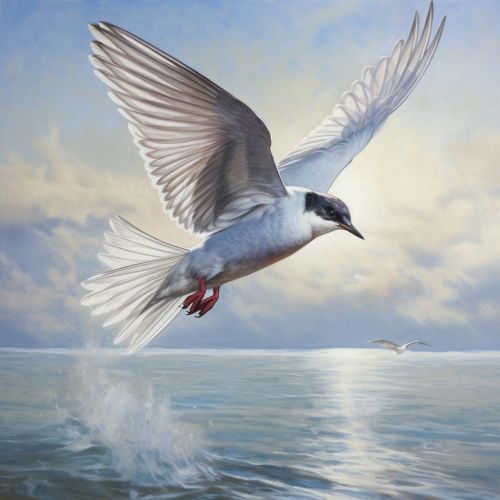
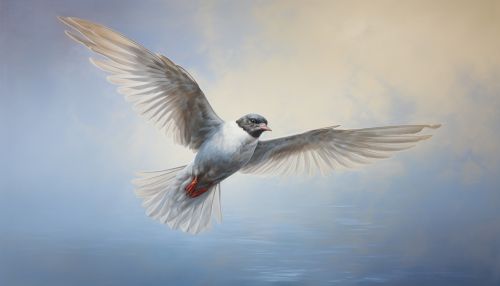
Migration Patterns
Migration is another common adaptation in the Arctic Tundra. Many bird species, such as the Snow Goose (Anser caerulescens), migrate to warmer climates during the winter. Other animals, like the Caribou (Rangifer tarandus), migrate in search of food.
Social Behavior
Social behavior is also an important adaptation for survival in the Arctic Tundra. Many animals, such as Muskoxen and Arctic Wolves, live in groups. This social structure provides protection from predators and helps to conserve heat.
Conclusion
The Arctic Tundra is a harsh and challenging environment, but a variety of animal species have developed remarkable adaptations to survive here. These adaptations, whether physical, physiological, or behavioral, are testament to the incredible resilience and versatility of life on Earth.
